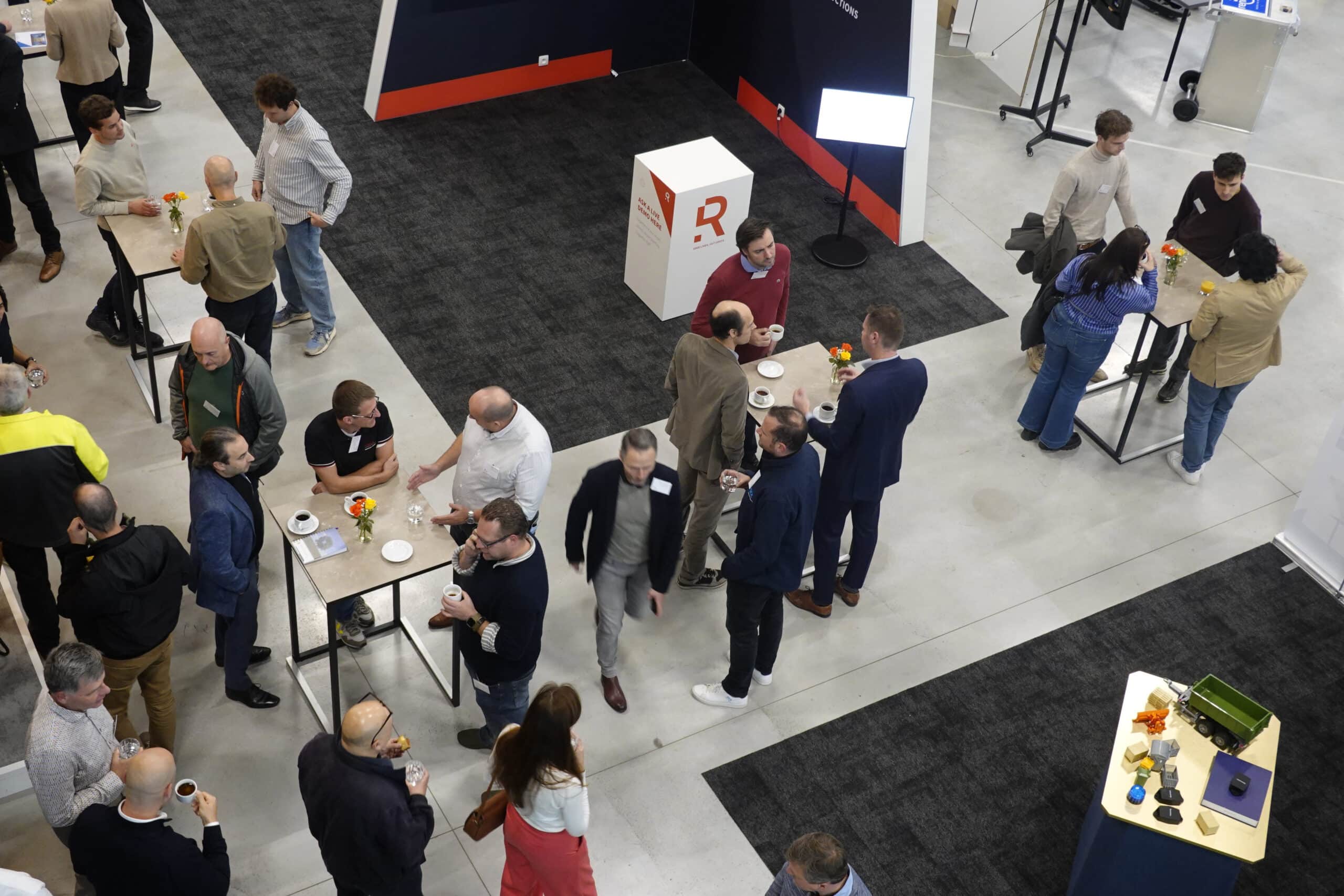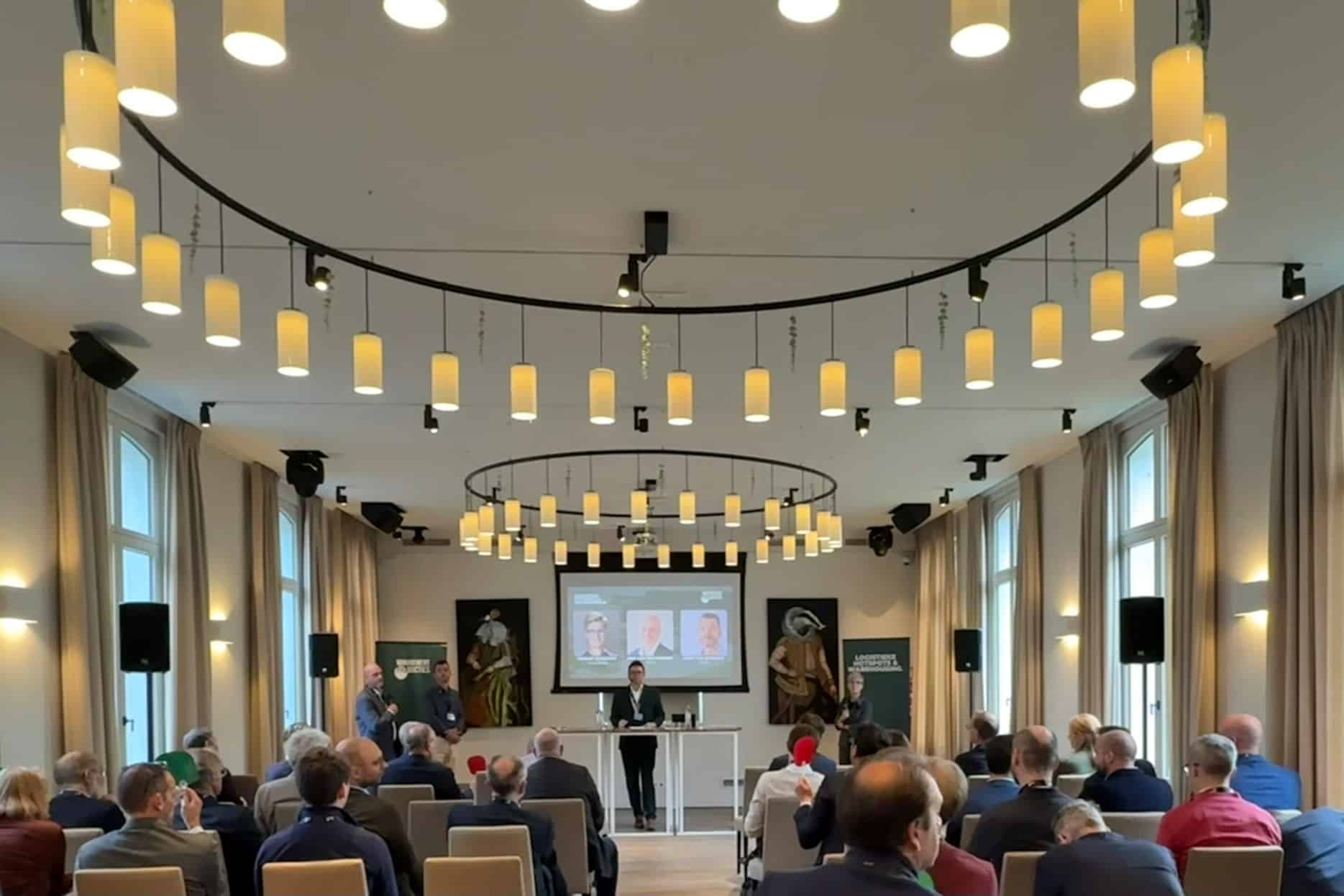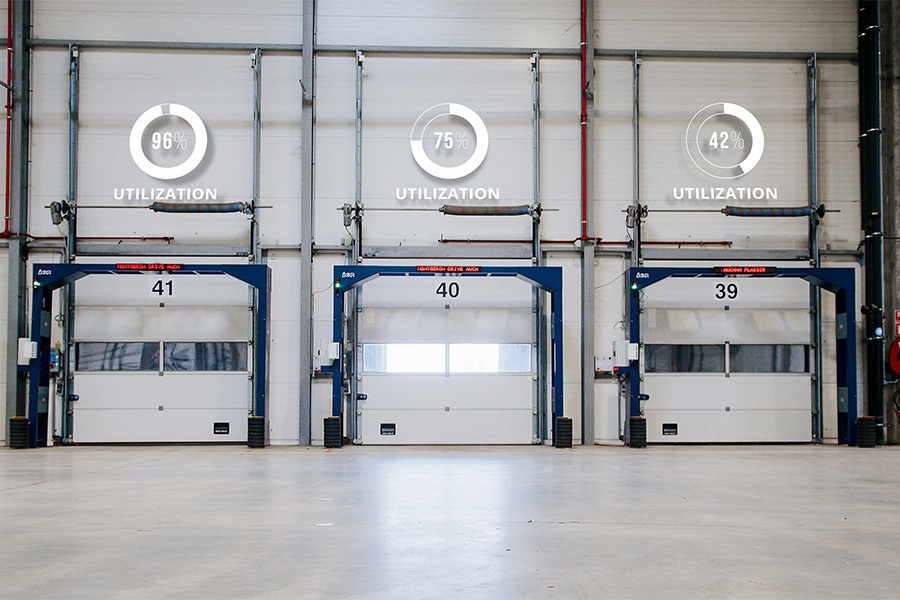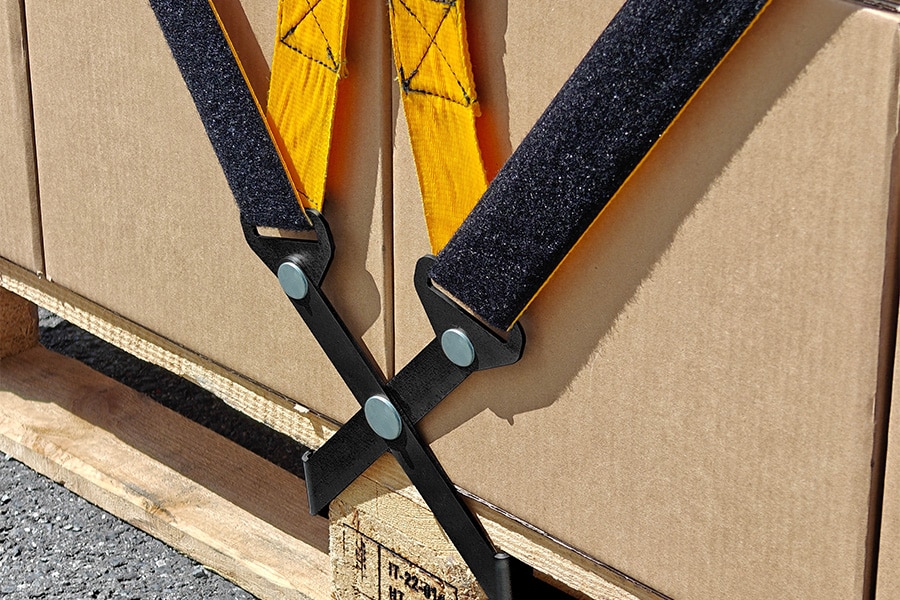
Why the fashion industry needs to reinvent its warehouses
By Wim Vermeir, warehousing expert at Exotec
The beginning of autumn is all about new collections, emerging designers and the latest trends. While European Fashion Weeks in recent weeks have focused on creativity, another part of the industry is struggling with increasing pressure: logistics. Warehouses, invisible to consumers, are jammed with the growth of the fashion industry and the high expectations of consumers.
The hunger for innovation
On average, a European family of 4 buys about 76 kg of textiles per year, from towels to clothing and bedding[1]. That amounts to billions of pounds of products entering the market each year.
To keep up with that demand, brands are releasing new products faster than ever. Fast fashion sets the tone, but traditional labels have also joined in a rhythm of ever-changing collections. The result is a retail system that runs on constant flow and a logistics chain that is behind the times.
Returns as a pain point
On top of that comes the return flow. No sector has as many returns as fashion: online three to four times more often than for physical purchases[2]. Customers order multiple sizes at once, return items after a single wear or change their mind after all.
For a long time, brands facilitated this behavior by making returns easy and free. That gave consumers confidence, but the costs are now too high. Big players like Zara, Asos and Uniqlo are now charging return fees, as are the many small independents who would otherwise be unable to pay the costs of their webshop or store. A clear signal that the current system has reached its limits.
Pressure on warehouses
Warehouses feel the impact most directly. Unlike deliveries from suppliers, returns are fragmented: one item at a time, in different circumstances, arriving unpredictably. Each item must be inspected and processed before it can be returned to stock. In facilities already struggling with space constraints, staff shortages and tight deadlines, this leads to inefficiencies.
Without automation, returns mean more manual work, more storage space and more steps for employees. Productivity drops, while expectations of customers regarding speed continue to rise and labor capacity is falling.
Automation as key
That's why more and more companies are looking at automated systems. These help warehouses deal more flexibly with unpredictable return flows while remaining efficient. Think quick access to every SKU, goods-to-person solutions that eliminate unnecessary movement, and compact vertical storage systems that save space.
This is not just about the speed of fast fashion. Automation also makes it possible to smoothly incorporate returns into daily operations, something that is hardly feasible with manual work.
New regulations, new reality
Pressure increases further due to European regulations. Destroying unsold fashion items is no longer allowed. That means more products are returning to warehouses, both from stores and from customers, with the expectation that they will get a second life through resale, recycling or the growing second-hand market.
Warehouses are thus transforming from static warehouses into dynamic hubs for redistribution and circularity.
Sustainability and logistics
While retailers are fully presenting their latest collections, behind the scenes the logistics side of fashion is also changing. For brands, it is becoming increasingly clear: the future of fashion is not only about design, but just as much about efficient and sustainable logistics.
Sustainability is pushing higher on the agenda everywhere. Amsterdam Fashion Week introduced a sustainability framework in early September, in collaboration with Copenhagen Fashion Week. At the same time, the University of Antwerp leads a European consortium that helps SMEs work circularly. These initiatives underline a shared reality: the future of fashion lies as much in smarter logistics as in sustainable design.
[1] March 2025 report of the European Environment Agency with the participation of research center VITO
[2] Back to sender: how fashion needs to rethink its warehouses.




